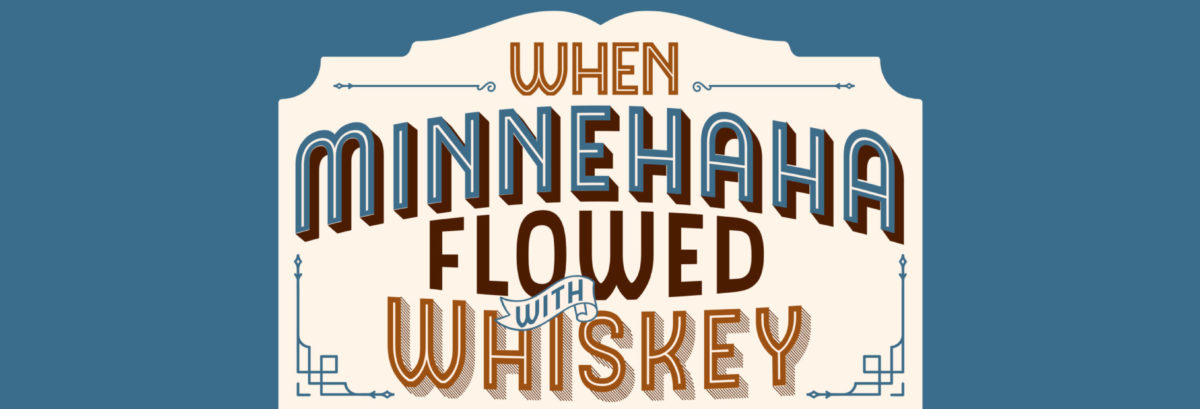One of the handiest and most visible results of the W.P.A. works in the park was the construction of more cabins for the tourists to camp in.
Campers paid a modest amount to rent the cabin, and could possibly include bedding if they needed it.

The fees list is pasted in here, because the original brochure was published in 1931, and this was distributed with this addition and some handwritten notes in 1939. It was the Great Depression: No doubt the Park Board had far more important expenses than keeping brochures freshly printed.
For $3 a night, then, one could rent a cabin with 2 double beds and all the bedding. The cabins came with one bed or two, a table with 4 chairs, electric lights, and looked like this:

The existing 25 cabins were painted and repaired by the W.P.A., who also built 10 new cabins.
An interesting detail to return to (and urbancreek.com is nothing if not fascinated by the minute) in the above brochure is the mention, somewhat pasted over but still readable, that, “Two blocks away from the park, on Hiawatha Avenue, and 49th and 50th Streets, good stores are located where tourists may obtain all their needs.”
No research has been done at this writing on those 1931 (or 1939) shopping opportunities. But it is known that, a generation before, many people in the neighborhood had made a full time career out of extinguishing the businesses that existed on Hiawatha and 49th and 50th. One wonders what “good stores” meant.

Is it possible that they meant “stores where you can purchase goods” rather than “stores that are bad stores”? (Though properly the language should then be “goods stores”…)
That should be “stores that aren’t bad stores,” of course…